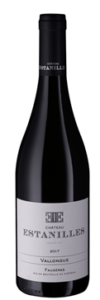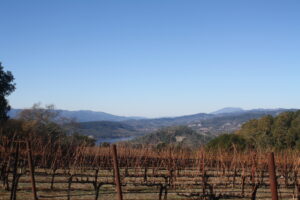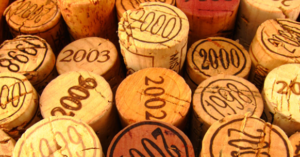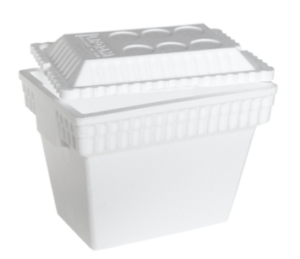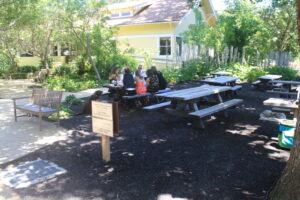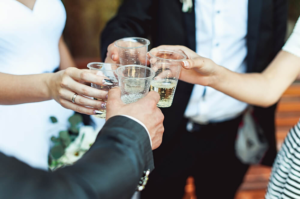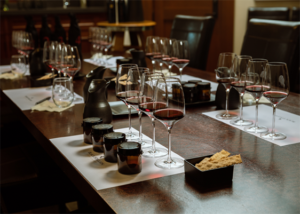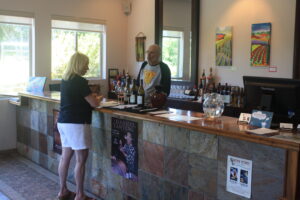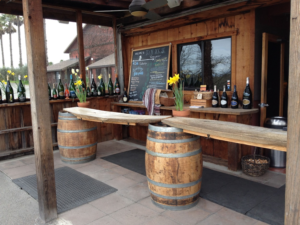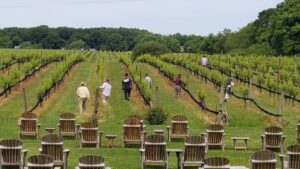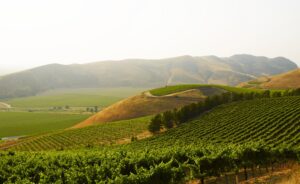It happens so often. We’re at a winery and really loving the wine we’re tasting. We don’t have the space to take any home with us, so we ask, “Where can we buy this wine?” only to be told that it’s for sale in the winery only. Or for club members only. Or, overseas, that the production is so small that distributors don’t find it worthwhile to export it. The only thing we could do is to buy a case on the spot – if they’ll sell it to us – and have it shipped, which is ruinously expensive. So all we can do is leave, just a little disappointed.
If you find yourself in such a situation, here are some tips to soothe your disappointment.
- Have someone local pick up a few bottles for you. This isn’t always feasible, because you may not know anyone in some of the more remote corners of Wine Country. But in the instances when you do have a local friend, you might ask them to hold on to this special wine until your next trip or when they visit you. Of course, these had better be very reliable friends… or they may be overly tempted to try out the wine you leave with them.
- Consider the winery’s other wines. It’s too bad that you can’t find a top-of-the-line wine in your home town, but maybe you can find one of their other wines that are more available. If a winemaker is capable of something that knocked your socks off, they probably are as attentive to their lesser wines as they are conscientious with their best one. We have experienced this with Château des Estanilles in France. Their Raison d’Etre is one of our favorite wines from the Languedoc, but it’s produced so sparingly that they don’t ship it. But they have another they call Vallongue, and we drink it frequently when we’re in Canada. (For some reason, it’s not imported into the US.)
- Use your taste memory to record a great souvenir. There is an ocean of wine in this world and you’re not going to taste them all. A small percentage of them are truly great; in all likelihood you’re not going to have a chance to try all of them either. So when you do get a chance to sip something especially special, savor the moment. Smell it deeply. Roll it around in your mouth, while doing your best to remember every nuance of what you’re tasting. You may never pass this way again, so carpe diem.
- Tell your friends about the wine that got away. Sort of like fishermen do. The point is that you know you’ve had a great experience. If nothing else, you’ll encourage your friends to visit that winery so they can share your enthusiasm. Or maybe just make them a little jealous. But avoid being a wine snob; this wine was just a part of your vacation to them.
